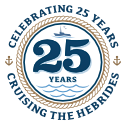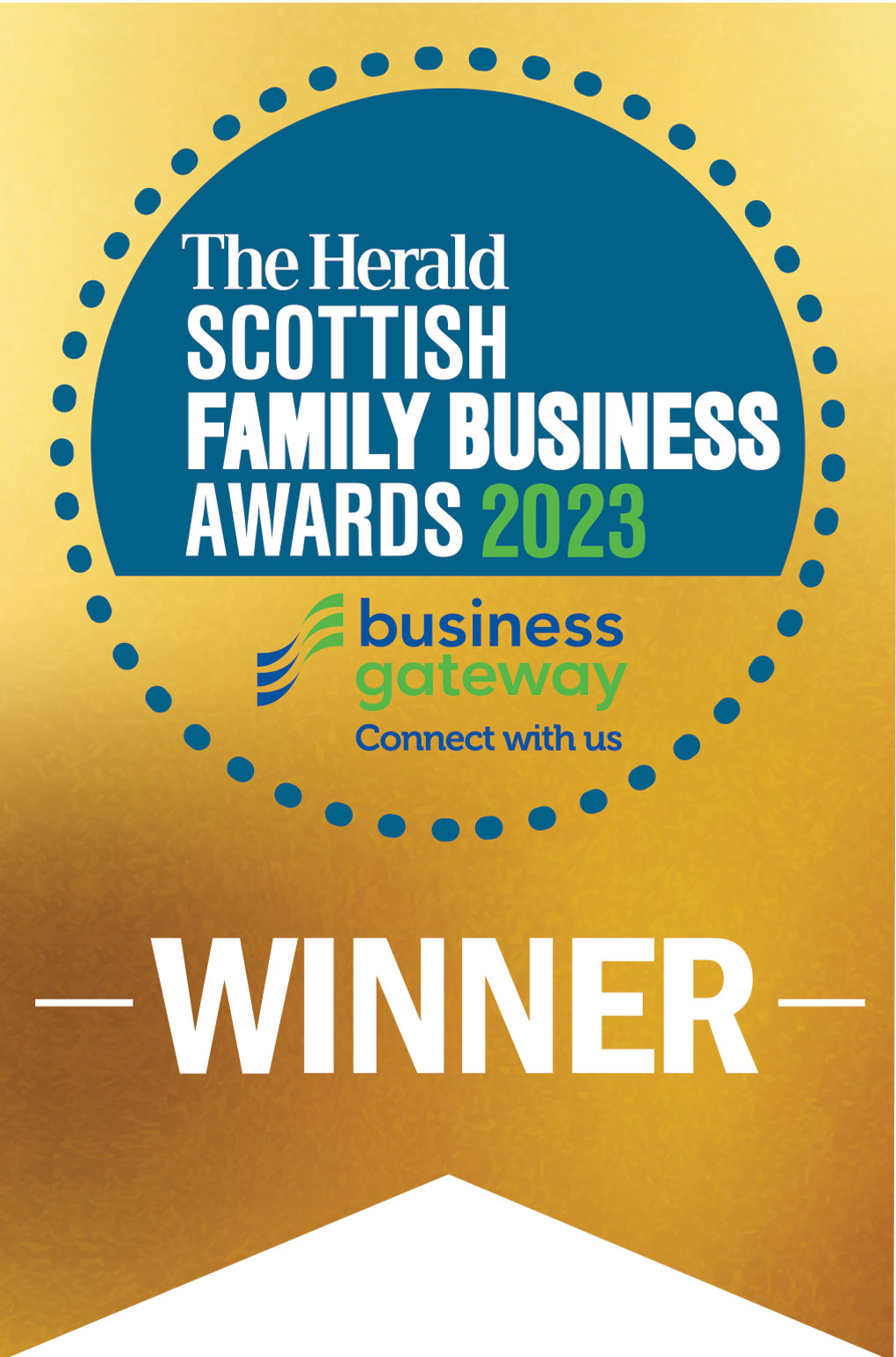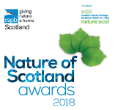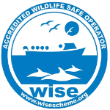Hebrides Cruises contributes to science by recording whales and dolphins
For the 2015 season Hebrides Cruises teamed up with the Hebridean Whale and Dolphin Trust to become the first cruise company in Scotland to record sightings during their cruises, using the same software as a marine scientist. The Hebrides is one of the best places in Europe for spotting marine megafauna, which includes whales, dolphins, porpoises, seals and basking sharks. Elizabeth G now doubles as a research vessel by having a computer running which records the ships track as she goes along her normal business. When an animal is spotted by a member of crew or one of the guests, the ship’s Wildlife Guide, Vivi Bolin logs the sighting on the computer. The scientists with the Hebridean Whale and Dolphin Trust are then able to calculate how many animals have been seen in relation to the distance covered by the ship. In this way, the ‘encounter rate’ can be used to determine trends over time to monitor marine mammal numbers in the area. The scientists call this type of data “effort based data” and it is essential in answering questions such as how many whales and dolphins do we actually have in our waters and whether numbers are increasing or decreasing. Scars on bottlenose dolphins can be used by scientists for identifying separate individuals. The two dolphins in the picture taken by Vivi Bolin on board the Elizabeth G. belong to the pod nicknamed the “Barra boys” as the waters around Barra is their home base.
As the Elizabeth G covers such large distances on her trips around the Hebrides, including several trips each season to St Kilda, she is ideal for this type of surveying. Some of this summer’s poor weather was far from ideal for wildlife watching as choppy seas makes it harder to see whales and dolphins, but despite this there was no shortage of sightings. No less than 8 different species of marine mammals were spotted including Minke whale, bottlenose dolphin, common dolphin, harbour porpoise, grey and common seal as well as the rarely seen Risso’s dolphin and white-beaked dolphin. Other ocean giants spotted include basking shark and sunfish. Elizabeth G surveyed a total distance of 1532 kilometers and had a total of 67 encounters of marine megafauna (one sighting per every 18km travelled). The most regularly seen species were harbour porpoise (26 sightings of 44 individuals); followed by common dolphin (7 sightings); and Minke whale (6 sightings). On top of the animals seen during passage, the guests were also often treated to great sightings while at anchor: a whole pod of bottlenose dolphins took a close look at the Elizabeth G while at anchor in the Sound of Iona and both basking shark, common dolphins and Minke whale were seen while at anchor in Village Bay in St Kilda.
The data gathered fits in line with what is already known about whales and dolphins in the Hebrides: harbour porpoises are often seen inshore by Hebrides Cruises, particularly while steaming up through the Sound of Mull; the waters around Coll and the Small Isles are popular Minke whale hangouts; and the “Barra boys” are frequently seen . Pictures taken on board by the guests and the wildlife guide of whales and dolphins that show nicks and scars are also valuable for scientists as they can be used to identify specific individuals – like a finger print on a human.
Dr Conor Ryan is the Sightings Officer for the Hebridean Whale and Dolphin Trust, and believes this type of surveying being carried out by a commercial cruise boat is important. HWDT’s research vessel Silurian can only be in one place at one time, so it is important to have others systematically collecting data. This helps gain a better understanding of species distribution and diversity in the waters to the west of Scotland. HWDT has asked boat operators to help monitor marine mammals, and they are delighted with these results from Hebrides Cruises. They hope that other boat operators will follow this great example and HWDT is developing new tools to make data collection even easier.
Hebrides Cruises Wildlife Guide, Vivi Bolin, is thrilled that Hebrides Cruises is able to contribute to science especially as it does not take much extra effort to log the sightings. While on board, Vivi is always on the look-out for wildlife as are many of the guests and the Skipper so it would be a waste not to record sightings.
Guests are happy that they can contribute to science – by simply enjoying the amazing scenery, relaxing on board and occasionally popping out on deck they help look for and spot wildlife.
Some of the HWDT analysis of the data provided by Hebrides Cruises is presented in the maps.
Map 1: The map shows all the whales, dolphins, porpoises and basking sharks seen while surveying from Elizabeth G. Divided up it makes for one sighing of marine megafauna per every 18 kilometer of sea covered, which according to the Hebridean Whale and Dolphin trust is a high encounter rate.
Map 2: The map shows the area covered by the Hebrides Cruises cruise boat Elizabeth G and therefore also the area surveyed. Darker grey indicates that an area is surveyed more often.
Map 3: The map shows the encounter rate of marine megafauna (whales, dolphins, porpoises, seals and basking sharks). Dark yellow and red indicates
Hebrides Cruises owner and Skipper Rob Barlow and everyone involved in the company are not only pleased to be involved in such an important science project, they are encouraged at the high level of sightings seen in 2015, helped by having a specialist like Vivi on board. They are delighted that she will be cruising with them again in 2016.
















Understatement to say that we had a wonderful time. The fabulous weather helped but it would have been superb regardless. We saw almost everything on the list (James and Will have an uncanny ability to spot cetaceans a long way off - radio control was suggested!) and appreciated the way the itinerary was kept flexible to allow for the changing swell conditions. Emma and Helen looked after us extremely well - fabulous food and service. A really professional and friendly crew! The other passengers were interesting and good fun. Brilliant ... we'll be back for sure.
Brian and Barbara Corlett: 24 June 2021Far-flung islands: Harris, Taransay & the Flannan Isles